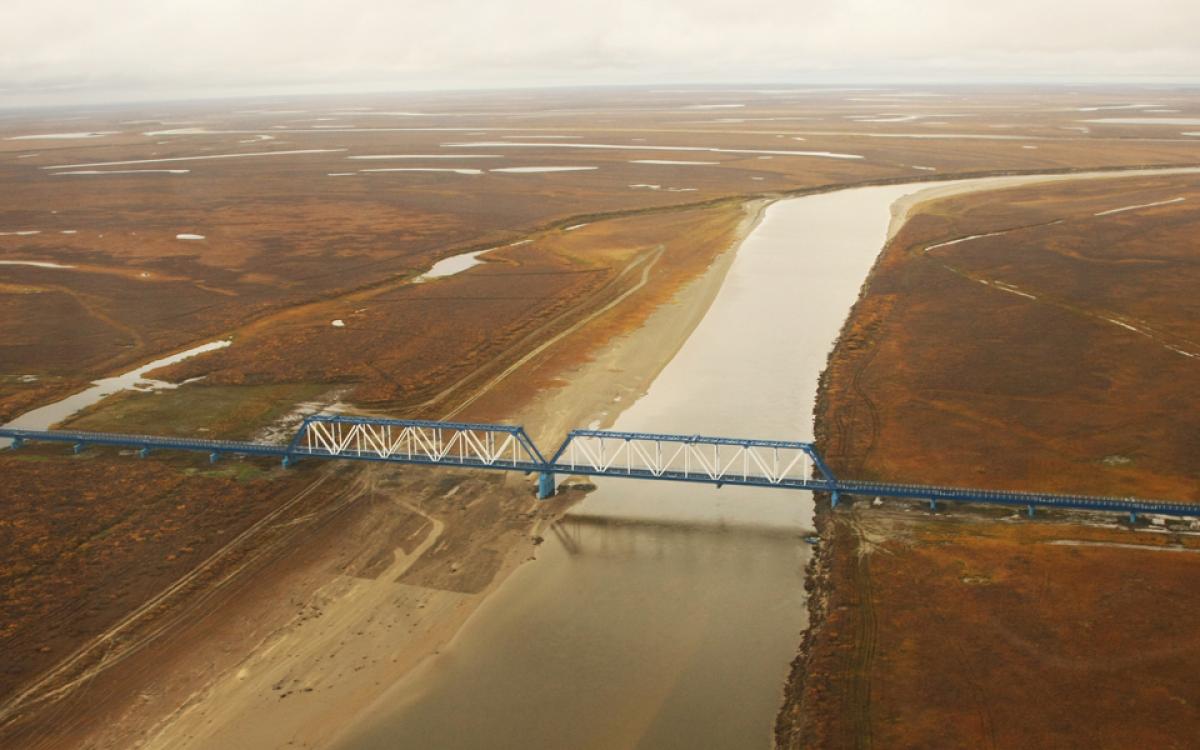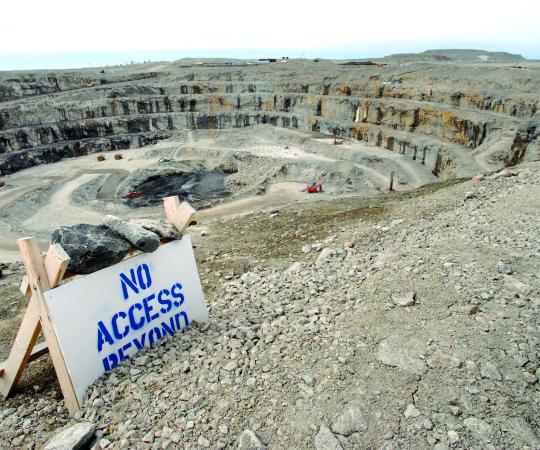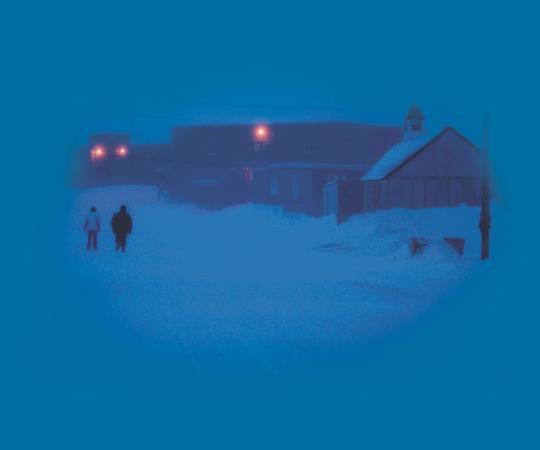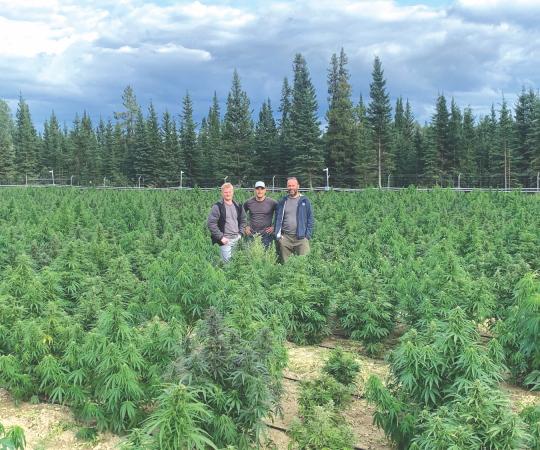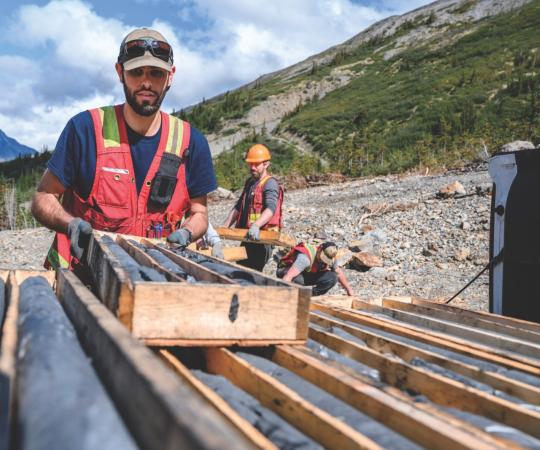When it comes to transportation infrastructure in the Northern part of our planet, Russia is a juggernaut. You’ve probably heard about the Trans Siberian Railway, but what about the 572-km Obskaya-Bovanenkovo railway—the most northerly in the world? At 70 degrees N it is further north than Igloolik, Nunavut and is connected to the rest of Russia. (Passengers can get there from Moscow—all told, a seven day journey).
Built to supply the rich oilfields of the Yamal Peninsula, construction began in the Soviet era and was completed by Gazprom, a Russian oil company that still owns the line, in 2011. Among its feats of engineering: a 3.9-km bridge across the Yuribey River, Freon-filled heat stabilizers to keep the rail level on the permafrost, and more than 300 pipes connected to tundra rivers and lakes for flood protection.
But is Russia an example for Canada to follow when it comes to transportation infrastructure in the North? Probably not. Many of Russia’s Arctic ventures are not economically viable, for now, at least. Their obsession with manifest destiny in the Arctic has led the nation to plough roads and railways through the Northern landscape with little regard for its people or wildlife. Take the 2,000-km Kolyma Highway in the far east, for example: the highway is nicknamed the “Road of Bones” because instead of burying the bodies of forced labourers in the permafrost, builders simply laid them into the foundation of the road.
While Canada’s Northern roads and railways may seem modest, it’s best we take our time developing them.

The other guys
ROADWAYS
Sweden has nearly 600,000 km of highway, mostly in the south. Iceland is surprisingly dependent on the car: there are 747 of them for every 1,000 Icelanders (they’re fifth in the world in that regard). The 102,000 sq. km island has more than 12,800 km of roads—including the famous Ring Road around the island. But few main roads stretch into Iceland’s interior.
Canada’s three territories have only 10,500 km of road—more than half of which is in the Yukon, thanks to the US Army (see pg. 54). There is one category Canada’s North wins when it comes to roads though: the NWT has at least 1,300 km of ice roads, including the longest winter road in the world, the 400- to 600-km Tibbett to Contwoyto road.
N/A: Greenland has no roads connecting towns, and neither does Nunavut—although they have a 110-km road from Baker Lake to the Meadowbank Gold Mine.
RAILWAYS
Sweden has 11,915 km of track spread throughout the country, reaching all the way to the town of Kiruna (67 degrees N) and then northwest over the border to Narvik, Norway (68 degrees N). Finland and Norway have 5,919 km and 4,250 km of rail respectively, most of which is concentrated in the south.
The NWT has 121 km of rail running north to Hay River from Alberta.
N/A: Greenland, Iceland and Nunavut have no public railways. Yukon’s short White Pass Railway is used for tourism.
AIRPORTS
Alaska had 1.29 million people move through its airports in 2015. The state has 28 primary airports, and hundreds of secondary airports and airfields, 54 of which are paved. (Remote regions are served by bush plane operators.)
Canada’s territories have 65 airports— only 10 have paved airstrips. Despite this, their airports saw 1.23 million air passengers in 2014.
Correction: an earlier version of this article incorrectly referred to the Tibbett to Contwoyto winter road as an ice road.

